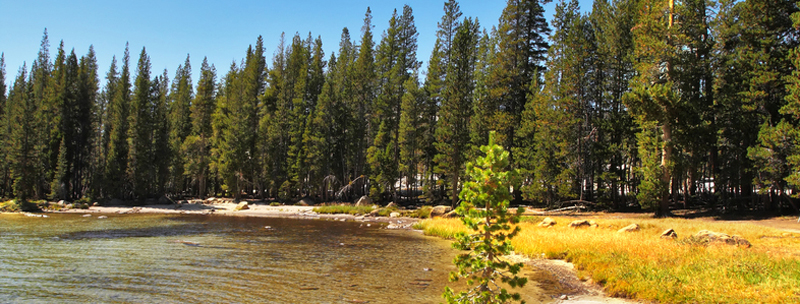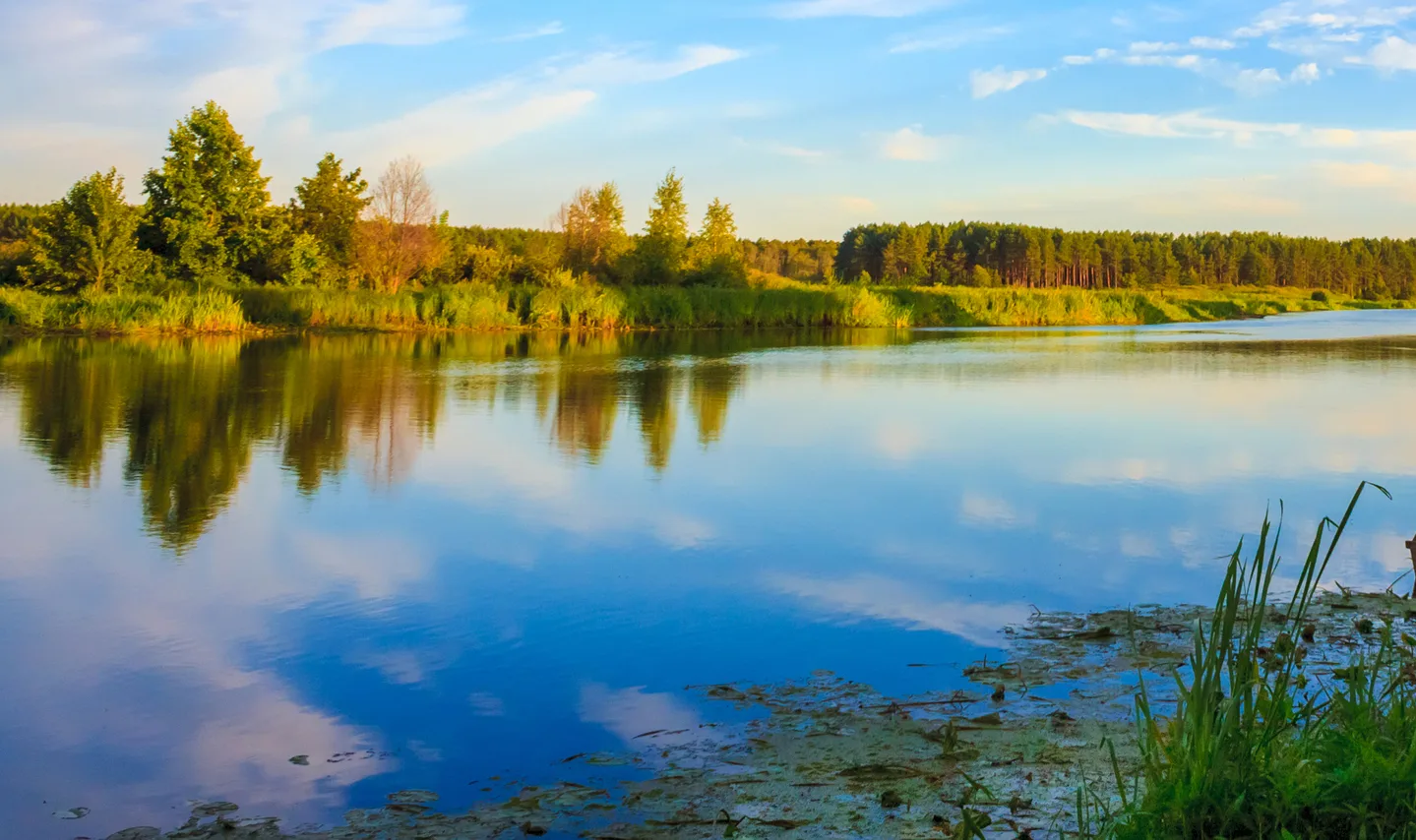Reprinted with permission from the June 30, 2023 issue of the New Jersey Law Journal. © 2023 ALM Media Properties, LLC. Further duplication without permission is prohibited. All rights reserved.
The U.S. Supreme Court’s recent decision in Sackett v. Environmental Protection Agency interprets the term “waters of the United States” (WOTUS) and federal jurisdiction under the Clean Water Act (CWA) in a way that runs counter to a half-century of administrative guidance and regulatory enforcement.
The test the court sets forth to determine whether wetlands are WOTUS harkens back to historical notions of federal jurisdiction of navigable waters as channels of commerce. The decision will have the present practical effect of deregulating millions of acres of previously protected wetlands throughout the country, though the scope of jurisdiction remains unclear and untested.
In New Jersey, where the Freshwater Wetlands Protection Act (FWPA) regulates WOTUS and waters of the state, including wetlands, the decision will have minimal immediate impact, but there could be a responsive push for legislative or administrative action.
A Brief History of ‘Sackett v. EPA’
In 2004, Michael and Chantell Sackett purchased a plot of land near Priest Lake in Idaho on which to build what the Supreme Court describes as a “modest home.” They prepared to begin construction by “backfilling their property with dirt and rocks.” Then the Environmental Protection Agency (EPA) arrived. It claimed that the Sacketts illegally filled federally protected wetlands, and it issued an administrative order, including penalties of “over $40,000 per day” and a demand that the Sacketts immediately restore those wetlands. In response, the Sacketts sued the EPA under the Administrative Procedure Act (APA), claiming that the alleged wetlands on their property were not WOTUS and did not fall under jurisdiction of the CWA.
The EPA’s long-held interpretation of WOTUS, as reflected at 40 CFR Section 230.3(s)(3), (7) (2008), includes all waters that could affect interstate commerce, including “adjacent” wetlands. Per the EPA, WOTUS includes wetlands adjacent to a non-navigable tributary with a significant nexus to a traditional navigable water. A significant nexus is present where a wetland significantly affects the chemical, physical and biological integrity of the navigable water. The Sacketts argued that any wetlands on their property are not WOTUS because there is no aquatic surface connection to Priest Lake.
After the lower courts found the EPA’s compliance order was not a final agency action subject to appeal, the Supreme Court ultimately held in Sackett v. Environmental Protection Agency, 566 U.S. 120 (2012), that the order did amount to a final agency action for which judicial review was available under the APA.
On remand, the U.S. Court of Appeals for the Ninth Circuit, affirming the District Court’s decision, determined in Sackett v. Environmental Protection Agency, 8 F.4th 1075, 1091-1093 (9th Cir. 2021), that CWA jurisdiction extends to wetlands situated “adjacent” to traditional navigable waters if those wetlands have a “significant nexus” with the navigable water. The Supreme Court again granted certiorari to answer the “nagging question about the outer reaches of the [CWA],” and to “decide the proper test for determining whether wetlands are ‘[WOTUS].’”
In Sackett v. EPA, 598 U.S. ___, (Sackett II) (2023), the court again reversed the Ninth Circuit, this time setting forth a test that significantly reduces the area of wetlands under federal jurisdiction. Per the court, the “CWA extends to only those wetlands that are as a practical matter indistinguishable from [WOTUS].” The court-created, two-part test includes, first, a determination of the presence of WOTUS, and second, a determination “that the wetland has a continuous surface connection with that water, making it difficult to determine where the ‘water’ ends and the ‘wetland’ begins.” But, this test raises questions. For example, in a concurring opinion Justice Brett Kavanaugh asked, “How difficult does it have to be to discern the boundary between a water and a wetland?”
A Brief History of WOTUS
As the court noted, “Regulation of land and water use lies at the core of traditional state authority.” Historically, water pollution was regulated by the states. Federal regulation “was largely limited to ensuring that ‘traditional navigable waters’—that is, interstate waters that were either navigable in fact and used in commerce or readily susceptible of being used in this way—remained free of impediments.”
Historically, federal jurisdiction of navigable interstate waterways existed under the Rivers and Harbors Act of 1889, and later the 1948 Federal Water Pollution Control Act. These frameworks applied federal jurisdiction to waters that formed “a continued highway for commerce,” as noted in “The Daniel Ball,” 10 Wall. 557, 564 (1871). In United States v. Appalachian Electric Power, 311 U.S. 377 (1940), the court expanded the waters subject to federal jurisdiction to waters that could be made navigable with reasonable improvement.
In 1972, Congress enacted the CWA. It represented an ambitious effort to “restore and maintain the chemical, physical, and biological integrity of the nation’s waters,” which had become severely polluted under the ineffective earlier statutes. It was a “total restructuring and complex rewriting” of water pollution law. See, City of Milwaukee v. Illinois, 451 U.S. 304 (1981).
The EPA and the U.S. Army Corps of Engineers, partner agencies in enforcing the CWA, have wrestled with the scope of WOTUS. The Army Corps initially offered an interpretation that limited jurisdiction to traditional navigable waters. The EPA applied a broader definition that included adjacent wetlands. Upon judicial direction, the Army Corps revised its interpretation of the CWA’s jurisdiction to include wetlands “adjacent to other navigable waters,” (40 Fed. Reg. 31324). In 1977, congress amended the CWA to clarify that “only the federal government, and not the states, may issue Clean Water Act permits for dumping dredged or fill materials into certain ‘[WOTUS],’ ‘including wetlands adjacent’ to those waters,” as noted in Sackett II.
SCOTUS weighed in on the scope of WOTUS three times prior to Sackett II. In United States v. Riverside Bayview Homes, 474 U.S. 121 (1985), the court unanimously held it reasonable to include adjacent wetlands, which “function as integral parts of the aquatic environment,” as WOTUS. Later, in Solid Waste Agency of Northern Cook County v. United States Army Corps of Engineers (SWANCC), 531 U.S. 159 (2001), the court rejected the “Migratory Bird Rule,” which proposed to extend jurisdiction to several intrastate isolated ponds. In SWANCC, the court disagreed with the contention that ecological concerns supported the extension of the CWA to “ponds that are not adjacent to open water.”
In Rapanos v. United States, 547 U.S. 715 (2006), no position commanded a majority of the court. Four justices interpreted WOTUS to include wetlands only insofar as they are relatively permanent and connected to traditional interstate navigable waters, and with a practically “indistinguishable” physical connection to such waters. Justice Kennedy’s solo concurrence offered that the CWA requires a “significant nexus” by which a wetland “either alone or in combination with similarly situated lands in the region, significantly affect[s] the chemical, physical, and biological integrity of” a navigable water. The remaining four justices would have deferred to the agency’s interpretation that CWA jurisdiction included wetlands near ditches and drains that emptied into navigable waters.
After Rapanos, regulatory limbo ensued as, first, the Obama administration and, then the Trump administration attempted to define the scope of WOTUS, in 80 Fed. Reg. 37054; 80 Fed. Reg. 56626; 85 Fed. Reg. 22250. The Biden administration recently offered the “Revised Definition of ‘[WOTUS],’” in 88 Fed. Reg. 3004, which purports to be consistent with prior interpretations and uses both Rapanos tests to “create separate, additive limitations that work together to ensure that … wetlands are covered … when they have the necessary relationship to covered waters.”
A Brief Outlook From ‘Sackett II’
The court’s decision in Sackett II offers immediate relief to the Sacketts, who may now proceed to build their lake-adjacent home unfettered by the EPA. For the rest of the country, the impacts of the decision are less certain. It is unclear what factors might distinguish a wetland from an adjacent navigable water, and it is likely that the EPA and the Army Corps will push the limits of this test to cover as many acres of wetlands as possible. It is also possible, though less likely, that the decision spurs congressional action one way or the other on the decades-old CWA.
In New Jersey, the FWPA regulates waters of the state, which include wetlands, and, upon delegated authority, regulates WOTUS as defined pre-Sackett II. Non-delegable waters subject to federal permitting requirements include the length of the Delaware River, areas of the Meadowlands and Greenwood Lake. Going forward from Sackett II, wetlands in these areas may be assessed to determine whether they fall somewhere between WOTUS and waters of the state of New Jersey. Aside from these geographic boundaries, the regulatory impacts of Sackett II in New Jersey will be muted absent state legislative action.
If you have any questions about this post, please contact the author Jordan M. Asch or any member of the Environmental Group.










